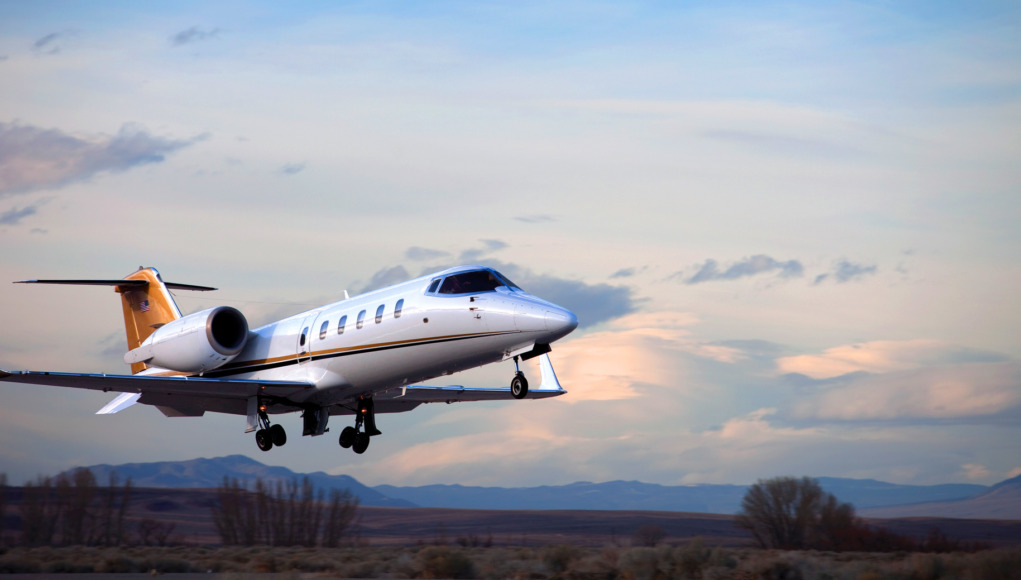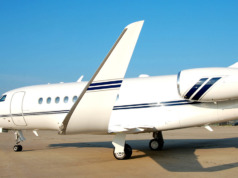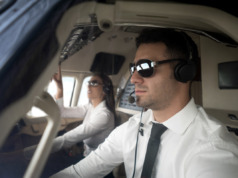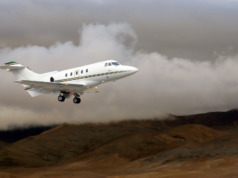Your long flight across the globe was safe, comfortable, and productive. Will you find yourself waiting – and waiting – at your destination airport for parking and customs clearance? How can you avoid costly errors? When flying from the U.S. to other parts of the world and vice versa, use these tips to guide you and your flight operation.
Plan Ahead
1 Local knowledge/assistance is critical – The rules that governed your last trip may no longer apply, so hiring an onsite contact with local knowledge of current business aviation regulations not only is useful, it’s essential.
2 Regulations change frequently – Formerly, a business aircraft flying to China needed a local sponsor – a government agency or domestic business – to meet the passengers. The Civil Aviation Administration of China would determine whether the arriving aircraft’s business in China was acceptable. While the CAAC no longer requires sponsorship, all trips still require permits and visas. Cuba requires that you have a sponsor to vouch for your legitimate business reason for travel before customs will issue a visa, and the U.K.’s Air Passenger Tax now requires an operator to have a local representative capable of paying this tax directly to Her Majesty’s Revenue & Customs Agency.
3 Permit acquisition times can be long and costly – When a country indicates “three working days are required to secure an arrival permit,” be aware of what that means. For example, with a three-day national holiday the first week of April, obtaining a permit in China could take six days. A relatively simple recent seven-hour flight from Europe to South Africa required eleven different permits. And be aware: some permitting is very expensive. For example, landing in Johannesburg’s main airport could cost $12,000. You may prefer to opt for a different airport with less onerous fees.
4 Regions matter – The U.S., Canada, the Caribbean, and Mexico currently are the easiest regions in which to operate, with Europe close behind. Often as few as 24 hours or one working day is required for permitting, particularly for owner flights. Canada, Mexico, and the Caribbean require simple notification prior to departure, provided customs is available at your destination airport. And operating N-registered aircraft in other parts of the world typically is easier than operating with a foreign registry in the U.S. or in many other parts of the world.
5 Use your personal connections – By using your own local business contacts, you may have more influence than the flight operation or dispatch team to secure the necessary arrival and departure permits at your destination. Locally based family offices and other local sponsors also may be able to help.
6 Are you flying your own aircraft, or flying charter? – Owner flights are easier, take less time, and allow greater permitting flexibility than do charter flights: 24 to 48 hours versus several working days to a week. Customs and security screening on charter flights usually are much more meticulous than on owner flights. So when flying charter, allow extra time to deplane. Fractional owners normally are treated like whole aircraft owners. But in some countries, you have to prove that you are traveling on the aircraft in which you own a share. If that’s not so, your flight will be treated like a charter.
7 Cabotage rules – In many countries, including Canada, China, and Thailand, multiple stops within a single country are not permitted. You can fly in and fly out, but since only locally registered aircraft are permitted to fly point-to-point, you may need to charter from a local company to fly within such nations.
8 Possible disruption – Whether it’s weather or a higher risk of terrorism, corruption, crime, or disease, before departing for international destinations, pay special attention to the local news and weather. Always check to see if your destination has special precautions at this State Department site.
9 Staying connected – When flying intercontinentally over water, you’ll need a satellite-based service – Inmarsat, Viasat, or Satcom Direct – to stay connected throughout your flight. Since network security is questionable over certain countries, use caution. And monthly data costs can run into the tens of thousands of dollars. To control costs and provide more security, you may opt to stick to text messaging while in flight.
10 Make sure you’re insured – While you may be fully covered for all travel in the U.S., before you fly, check with your insurance carrier to determine that your coverage meets all local requirements at your specific international destinations.
11 Insure your own good health – Plan months in advance for anticipated health needs, such as required immunizations. Also, verify that your regular medications are legal at your destination, and take steps to minimize the effects of crossing multiple time zones (see: “When You Can’t Just Fly Home,” BAA Nov/Dec 2015).
When You Land
12 Customs and security – At some airports, like the U.K.’s Farnborough, customs officials will meet your aircraft at the ramp and clear you there. Most others require that you deplane, go to the customs facility, and perhaps even stand in line with the arriving commercial passengers. Outbound customs clearance usually is less onerous in all countries.
13 Parking restrictions – When flying internationally, particularly to Asia, your aircraft may be prohibited from remaining overnight at your destination airport. Some airports allow only a specific maximum number of hours parked, requiring the aircraft to reposition elsewhere, and return only to pick you up for your return flight. Others may permit a limited number of stage flights within the country before requiring your aircraft to leave the country’s airspace.
14 Respect, and be aware of, the local culture – Dress appropriately, and recognize that sandals showing bare feet, a baseball cap, or chewing gum might cause offense. In Europe, shorts and running shoes are not usually seen outside of the gym. When traveling within a Muslim country, women passengers and pilots may wish to don a hijab, even where it is not mandatory. But not all local practices are legal. In some regions, officials may expect extra payment for services that are routine elsewhere. These handouts can be very expensive, and may be a violation of the Foreign Corrupt Practices Act. Use your trustworthy local contact to guide you.
15 Getting to your final destination – When you have a choice of airport, consider ground transportation availability. For example, Tokyo’s Haneda Airport is closer to downtown, but driving downtown can take longer than landing at the suburban airport, Nagoya, then taking the bullet train. China is close to the size of the U.S. in area, but has only 30 to 40 airports (compared with 5,000 in the U.S.) that can accommodate a business jet. While China has some helicopter service, it is not available for transients – that’s you. In China, the low-level airspace is not open for private use at all. So you’ll either be driving or taking a high-speed train, which has no first-class compartments.
Advance planning and a trusted, onsite contact can help ensure that your international travel is efficient, smooth, and trouble-free. BAA
Steve Vedeskas heads Operations for Gama Aviation Signature, a worldwide business aircraft charter, management, and maintenance company. With more than 30 years’ experience in flight operations, and account management, he holds commercial pilot and dispatch licenses.





